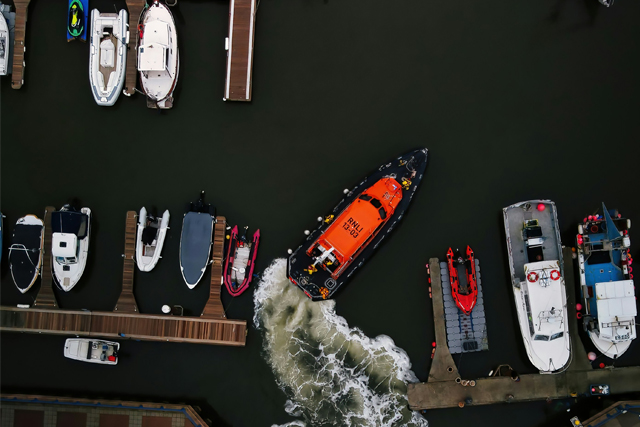
Glass Reinforced Plastic (GRP), commonly known as fiberglass, has established itself as a cornerstone material in the marine and boating industry. Renowned for its exceptional strength-to-weight ratio, corrosion resistance, and versatility, GRP finds widespread application in various components and parts crucial for marine vessels and recreational boats alike.
-
Hull Construction: GRP is extensively utilized in hull construction, serving as the primary material for building boat hulls. Its superior strength, durability, and resistance to corrosion make it an ideal choice for enduring harsh marine environments. GRP hulls offer enhanced buoyancy, stability, and impact resistance, ensuring a safe and reliable seafaring experience.
-
Decking and Flooring: The decking and flooring of boats and yachts often feature GRP components due to their durability, non-slip properties, and ease of maintenance. GRP decks withstand exposure to saltwater, UV radiation, and extreme weather conditions without deteriorating, providing a stable and safe surface for onboard activities.
-
Bulkheads and Partitions: Bulkheads and partitions in marine vessels are commonly constructed using GRP materials owing to their lightweight nature, structural integrity, and resistance to water ingress. GRP bulkheads contribute to the overall structural stability of the vessel while efficiently compartmentalizing different sections for enhanced safety and functionality.
-
Superstructures and Cabin Components: Superstructures and cabin components, including cabins, flybridges, and helm stations, benefit from GRP construction due to their strength, versatility, and design flexibility. GRP allows for the creation of sleek and aerodynamic structures that withstand the rigors of marine environments while offering comfort, aesthetics, and ergonomic design features.
-
Mast and Rigging Components: GRP is utilized in the fabrication of mast and rigging components such as spreaders, booms, and battens due to its high strength-to-weight ratio and resistance to corrosion. GRP masts provide excellent stiffness and durability while reducing overall weight, thereby enhancing sailing performance and maneuverability.
-
Interior Furnishings and Fixtures: Interior furnishings and fixtures onboard boats and yachts, including cabinets, countertops, and bathroom fittings, often incorporate GRP materials. GRP offers versatility in design, allowing for the creation of custom-made furnishings that withstand the challenges of the marine environment while adding aesthetic appeal to the interior spaces.
-
Propulsion Systems and Components: GRP components are integral to propulsion systems in marine vessels, including housing for engines, shafts, and propellers. GRP engine enclosures provide insulation, vibration damping, and protection against moisture and corrosive elements, ensuring optimal performance and longevity of propulsion systems.
-
Exterior Accessories and Accents: Exterior accessories and accents such as railings, hatches, and portholes feature GRP construction for their durability, resistance to corrosion, and low maintenance requirements. GRP accents enhance the visual appeal of marine vessels while offering practical functionality and longevity in marine environments.
In summary, GRP continues to play a pivotal role in the marine and boating industry, offering unmatched versatility, durability, and performance across a wide range of components and parts. Its adoption in hull construction, decking, superstructures, and various onboard systems underscores its significance in shaping the modern maritime landscape and ensuring the safety, comfort, and enjoyment of seafarers worldwide.


